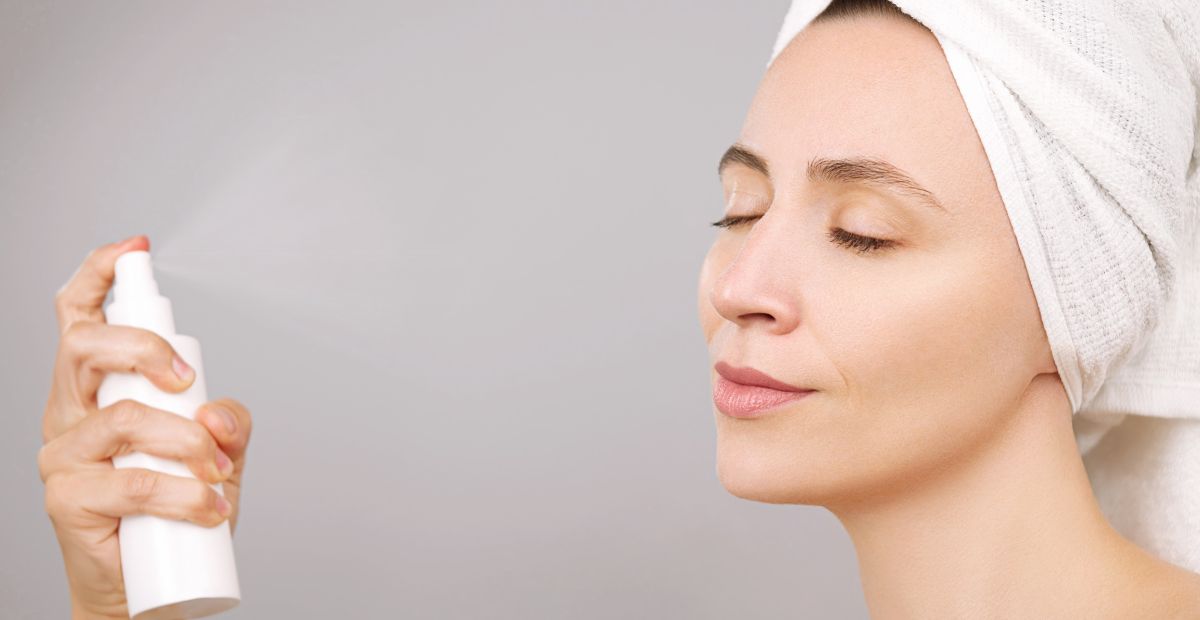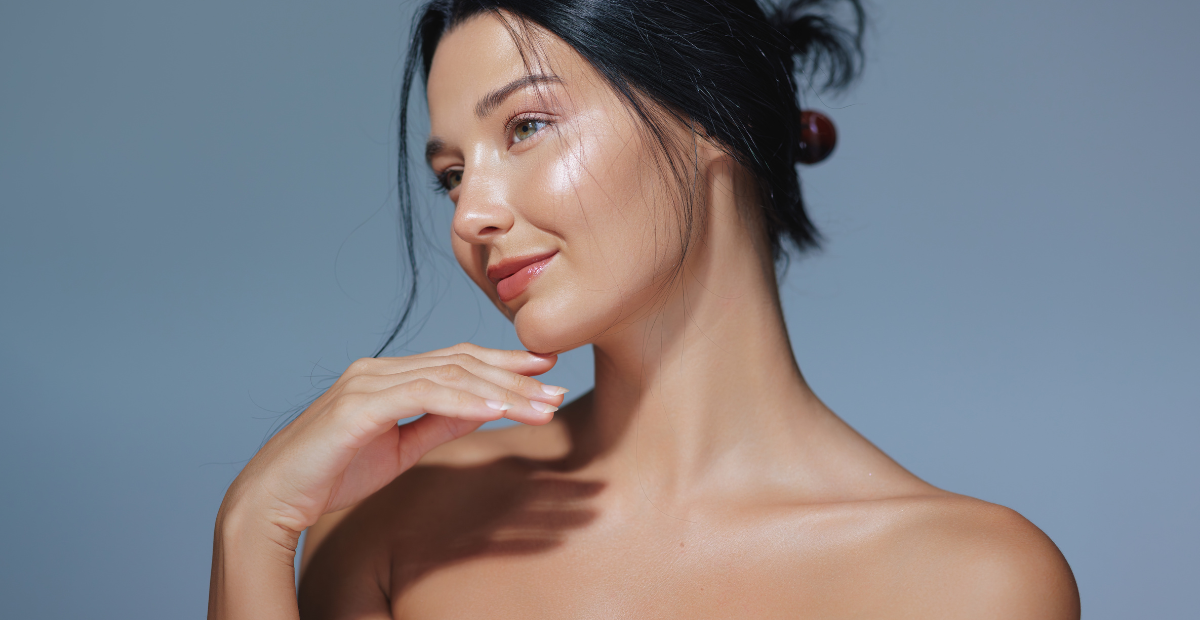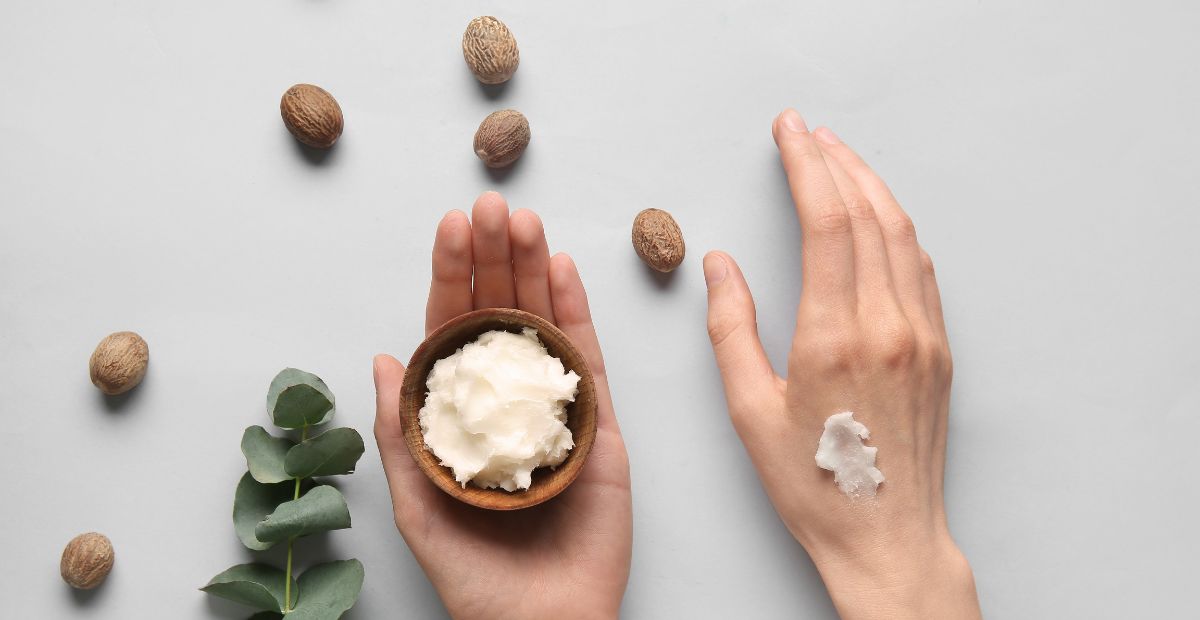Sustainable Beauty for You and Our Planet: Eco-friendly Beauty Habits to Adopt in 2024
Onskin Content Team
Your guides through the skincare chaos

Skincare is an industry that generates a humongous amount of waste and as much as we’d love to reduce our carbon footprint, we simply can’t avoid using skincare altogether. This Earth Day, we want to talk about simple things anyone can do to make our beauty routine less harmful to the environment. And you don’t have to go completely zero waste to make a difference!
Sustainability isn’t about all or nothing—every small effort counts. It’s easy to slip into thinking that you alone can’t make a dent. But the important thing is you’re not alone! There are millions of us who care and together, we’re a powerful force for change. So yes, let’s do our best and advocate for the rest. Here we go!
Less Is More: Anti-consumerism Is the New Sexy
Did you know that 80% of the skincare products people buy end up unused? And it’s not just a waste of natural resources used in production, but a double blow as most skincare items aren’t recyclable or biodegradable. They end up in landfills and oceans, where they’ll linger for centuries, harming local ecosystems. It’s hardly a fair trade-off for thoughtless consumerism.
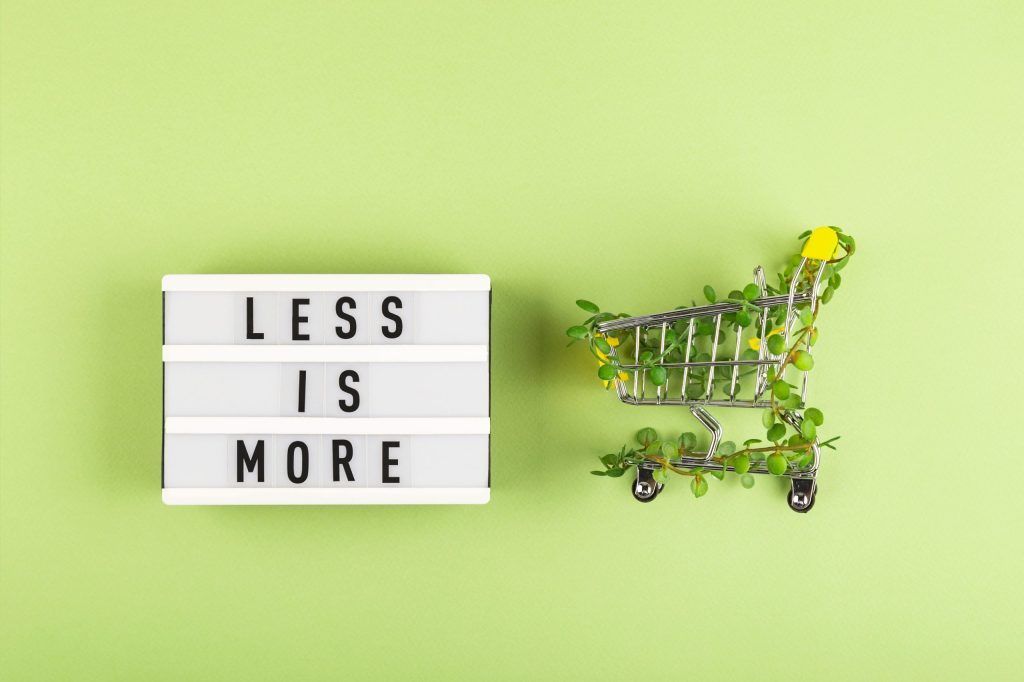
One of the most impactful steps towards sustainable beauty is simply buying less.
Here are some mindset shifts and habits that can help us embrace a more minimalist approach to skincare:
- Know Your Skin: Understanding our skin’s needs can streamline our shopping and help us avoid buying something we’ll end up not using.
- Eco-conscious Ingredients: Educating ourselves about harmful ingredients can guide us towards more environmentally friendly choices.
- Use Tech Assistance: Ingredient scanner apps like OnSkin can alert you to non-eco-friendly products and suggest cleaner alternatives. Plus, OnSkin can show you whether a brand is cruelty-free.
- Stop before you shop: Practice delaying purchases to give yourself time to think it over. This can curb impulsive buys.
- Spreading Awareness: Encourage others to join the fight against mindless consumerism. Everyone’s shopping choices affect us all.
Go Reusable
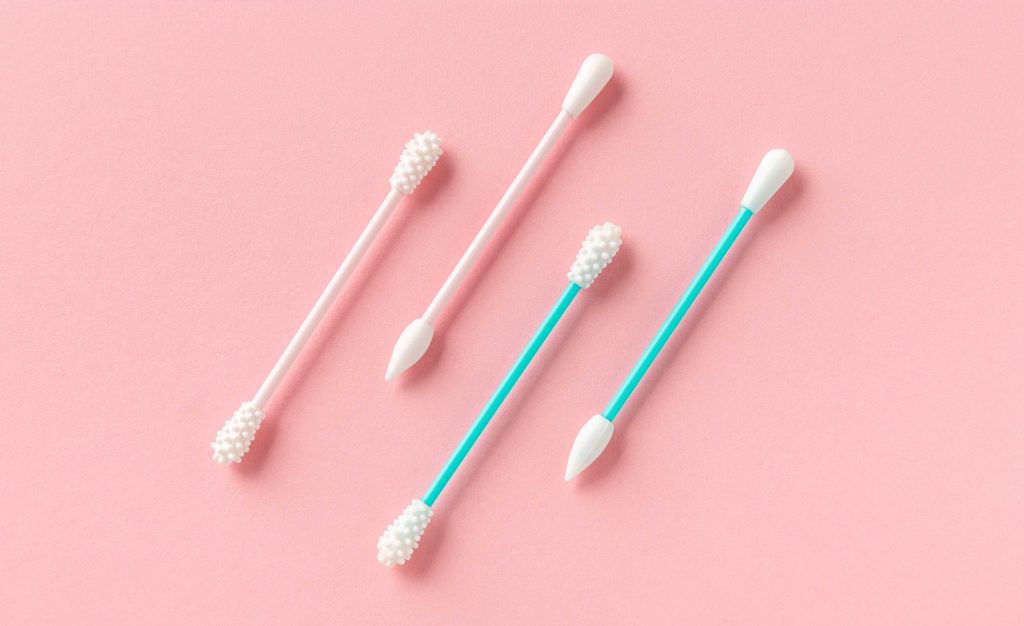
There are certain types of plastic or consumables we simply can’t avoid, but then there are others we can easily go without needing to change our habits one bit. Take for example cotton swabs and cotton disks—makeup removal towels and silicone swabs make a great alternative! They’re washable and reusable, and help you avoid feeling guilty about the pile of used cotton disks every time you need to remove makeup. Reusable sheetmasks are another great example.
Packaging Matters
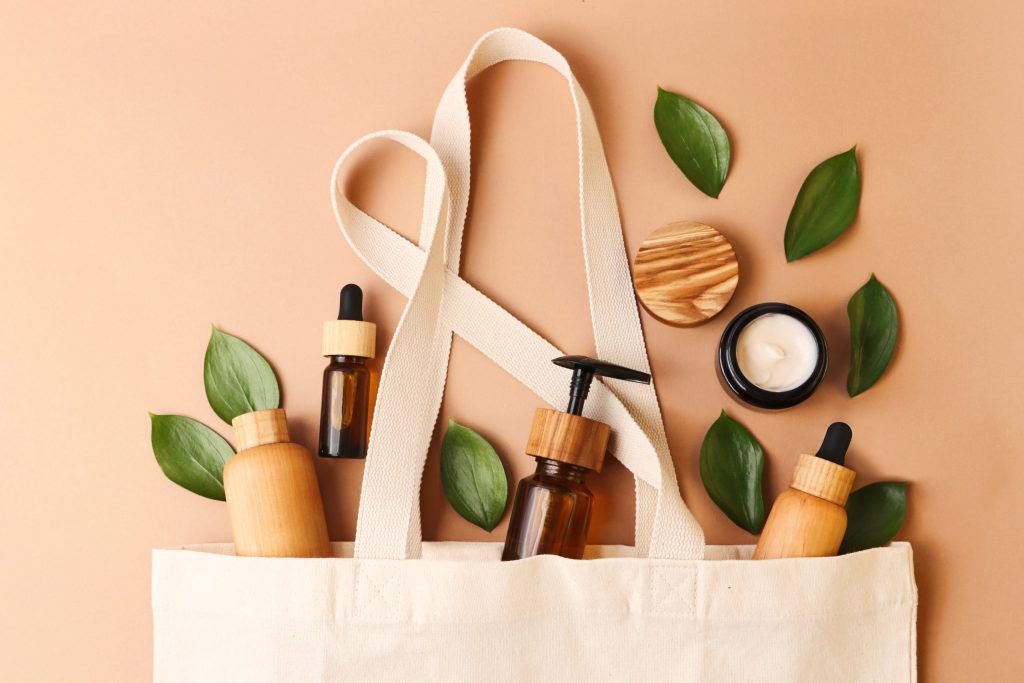
Packaging is a bigger problem than it might seem. As the human population is quickly nearing Earth’s maximum capacity, there’s not much time for us to rethink how we use resources and deal with trash.
Here are some quick and easy changes we can make:
1) Be mindful of the packaging because brands likely won’t be. Most only care about making it visually appealing enough for people to buy it.
2) Go for products that allow refills. This way the packaging becomes reusable. Olay has products like that among other brands.
3) Go for types of packaging that are recyclable. Contacting your local recycling center and double-checking with them what type of packaging they accept is a great idea.
4) Some brands have take-back programs where you can post your empty bottles to them for recycling if you don’t have recycling centers in your area.
5) Upcycle your packaging. It doesn’t always have to go in the trash. Repurpose bottles for storage or use smaller ones in your travel kit.
Make Your Own Palettes

Makeup’s fun and eyeshadows are a big part of it. They can make your eye color pop, add some drama to your eyes, and are just the ultimate playground for your creativity. However, none of it justifies buying palettes. Let’s be real, have you ever actually used every single shade in one? Has anyone? If eyeshadows are your thing, you probably know your favorite shades and know exactly what looks best on you. Make your own palettes! A lot of brands have clean palette cases that you can fill with the shades you like and will use, and only those.
Glitter…
Glitter is bad in so many ways, where to begin? If you’ve been asking yourself how it is still legal to produce and sell, join the club! It’s tacky, it gets everywhere, it can do real harm to your eyes, and it goes straight to our oceans where it never ever decomposes. The list goes on… Decor makers call glitter craft herpes. Luckily, brands seem to be picking up that glitter is becoming less and less popular and are toning it down with glitter in their products. If you come across glitter enthusiasts, we advise against shaming them, though, as much as it might be tempting. First off, they likely aren’t malicious but simply unaware of how bad it is for the environment. For those who can’t imagine their lives without glitter, there are natural biodegradable options.
Cut the Green-Clean Fluff and Support Brands that Do the Real Stuff
To an observer, it might seem like the beauty industry is going in the right direction with all the green leaves, “Eco”, and “Organic” on every other label. Except those labels can mean anything or nothing at all as there’s no legislation behind them. Their only purpose is to plant a pretty picture in the consumer’s head of smiling farmers running through tall grass in slow motion with flowers in their hair collecting leaves and roots for our natural shampoo.

Our task as eco-conscious consumers is to not let marketing departments pull wool over our eyes. We can and must learn to recognize what’s greenwashing and what’s the real thing. Here are a few pointers:
Don’t Buy into the All-Natural-Green-Clean Rubbish.
- Natural ingredients cost just as much to the environment as synthetic ones. Plus, a great deal of naturally occurring components have to be synthesized in a lab to be fit for use in cosmetics.
- Natural ingredients can be more costly in terms of production. For example, a football field of roses would roughly amount to 1 ounce of rose oil.
- A lot of natural ingredients are procured in the wild. This often drives source plant species to near extinction and endangers the ecosystems they live in.
The key takeaway here is we shouldn’t read too much in the word natural on the label, it doesn’t make a product or ingredient better or worse in and of itself.
Vote with Your Money for Brands that Truly Care and Try to Do Better
Brands might ignore the public voice for profit’s sake but when you vote with your dollar they listen. Also let’s not forget that going fully sustainable is a near-impossible task for any company, so, when you spot one that really is trying, support them! Here are some good signs to look for:
- They use recyclable materials
- They don’t ship internationally
- They invest in sustainable initiatives and research
- They use recycled materials
- The dirt on clean beauty. https://www.nytimes.com/2023/01/04/style/clean-beauty.html
- Assessing the risks and opportunities of trade in wild plant ingredients. (2022). https://openknowledge.fao.org/server/api/core/bitstreams/589c225a-c03f-4cec-8a23-a764fbfb37a8/content
FAQ
-
Where do I start with OnSkin?
Download the app and think of a product you’d like to know more about. Then, go to the main screen and choose how you’d like to get the info —by manually looking it up in the search bar, by scanning its barcode, or by simply taking a picture of the packaging. Once you’ve done any of these, you can see how safe the product is and if it suits your skin or hair (if this analysis is available).
-
What is Safety Rating, and how is it calculated?
In OnSkin, we base product rates on ingredients. Each is closely studied by our medical team and then evaluated. This way, each product gets a score from 0 to 100, with 100 as the safest level.
Safety Levels
- Excellent (76–100)
- Good (51–75)
- Not great (26–50)
- Bad (0–25)
These scores are backed by the latest scientific studies. You can find links to the resources we’ve used on each ingredient page. To assess the safety of product ingredients, we evaluate them according to the following parameters/criteria
- Endocrine disruption risk / Reproductive toxicity
Indicates the probability of mimicking, blocking, or interfering with the body hormones.
- Сarcinogenicity
Measures the potential risk of inducing cancer.
- Allergy risk
Estimates the probability of an allergic reaction.
- High concentration alert
Determines the risk of being unsafe in certain amounts.
-
What is Skin Match?
Based on the info you input about your skin type, age, skin care goal, and other “settings,” OnSkin checks how well a product is tailored to your unique skin needs — it’s basically like a dermatologist helping you find the right products, minus the fees and the long wait. The product you’re checking might be labeled as It’s a match!, Hit-or-miss, or Not a match for you. The app also detects ingredient groups such as Anti-acne, Anti-inflammatory, Moisturizes, May be drying, Comedogenic, and others — by tapping one, you see exactly what ingredients from this or that group are in the product.
-
I seem to have a problem with using the app. Who should I contact?
Please reach out to us at [email protected], and we’ll carefully look into your issue. Your ideas for improving the app are also very welcome!
-
Do you have an Android version?
Not yet! Hey Android users, we hear you, and we're thinking about making an Android version, but we haven't started the development yet.
Tracker Sent!
It’s on the way to your inbox.


